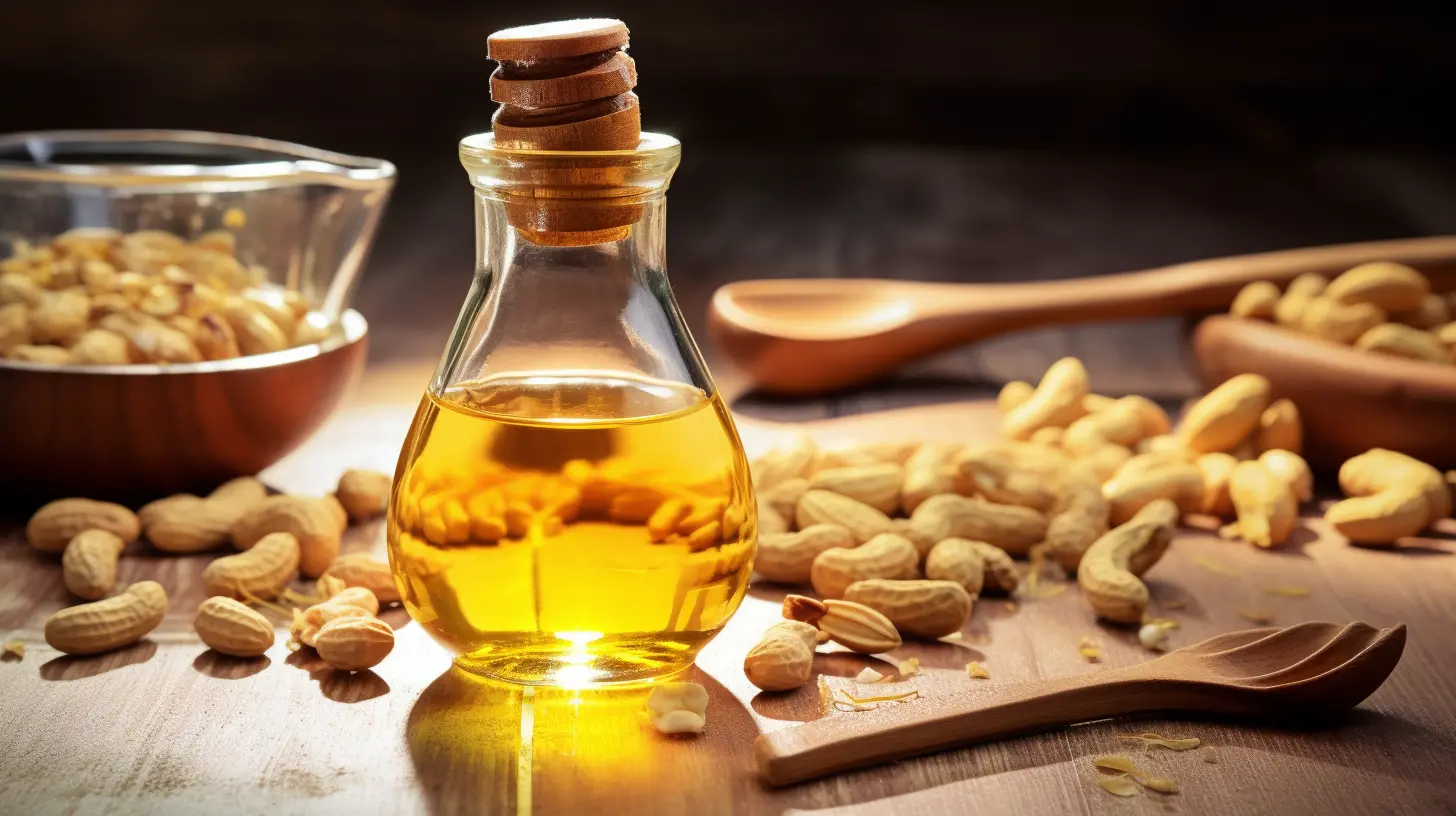
In the global market, high - quality peanut oil is in high demand. Consumers are increasingly concerned about the quality and flavor of peanut oil, which has led to a focus on the production process. This article will reveal the key secrets of producing high - quality peanut oil, from raw material control to the final refining process.
The first step in producing high - quality peanut oil is strict raw material control. A grading sieve is used to remove impurities, unripe peanuts, and moldy peanuts. Unripe peanuts may have a lower oil content, while moldy peanuts can produce harmful substances such as aflatoxin. According to industry research, removing these sub - standard peanuts can improve the overall quality of peanut oil by up to 30%. The grading sieve operates with high precision, ensuring that only the best peanuts enter the next production stage.

Baking temperature is one of the most critical factors in producing high - quality peanut oil. Experts suggest that the optimal baking temperature ranges from 180°C to 200°C. When the temperature is too low, the peanut oil lacks a rich and fragrant flavor. On the other hand, if the temperature is too high, the peanuts are prone to burning, which not only affects the flavor but also produces harmful substances. For example, at a temperature below 180°C, the aroma of peanut oil may be only 60% of that baked at the optimal temperature. In contrast, when the temperature exceeds 200°C, the oil may develop a bitter taste, and the nutritional value can be reduced by about 20%.
After baking, the peanuts are sent to a pair - roller crusher and a tablet press for crushing. This step significantly increases the oil yield. By breaking the peanuts into smaller pieces, the oil cells are more easily ruptured during the pressing process. The red outer skin of peanuts, although often removed, also has certain nutritional value. It contains antioxidants that can enhance the stability of peanut oil. After crushing, the oil yield can be increased by approximately 15% compared to un - crushed peanuts.
A spiral peanut oil press is used in the pressing process. It has several advantages, such as continuous operation and high efficiency. During pressing, the temperature and moisture need to be strictly controlled. The ideal pressing temperature is around 100°C, and the moisture content should be maintained at about 8%. Through two - stage pressing, the residual oil rate can be reduced to below 2%. This not only maximizes the oil extraction but also ensures the quality of the peanut oil.

In some cases, a refining process is necessary to further improve the quality of peanut oil. Refining can remove impurities, odors, and free fatty acids, making the peanut oil clearer, more stable, and longer - lasting. The refining process usually includes degumming, deacidification, decolorization, and deodorization steps.
Many well - known peanut oil manufacturers have adopted these strict production processes. For instance, a certain brand in the market has increased its market share by 25% in the past three years after implementing these advanced production techniques. Their products are well - received for their high quality, rich flavor, and long shelf - life.
In conclusion, producing high - quality peanut oil requires strict control of every step in the production process, from raw material selection to the final refining. Our company adheres to these high - standard production processes, ensuring that every drop of peanut oil we produce is of the highest quality. We invite global buyers to choose our peanut oil and experience the difference in quality and flavor.
Click here to place your order and start your journey with our premium peanut oil!

